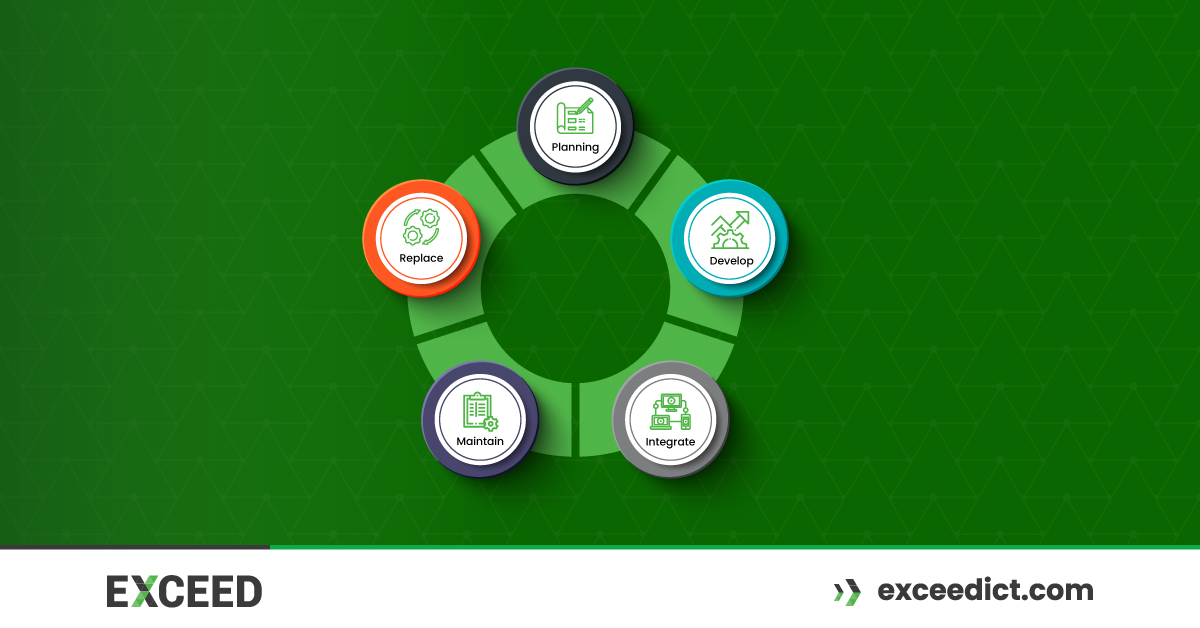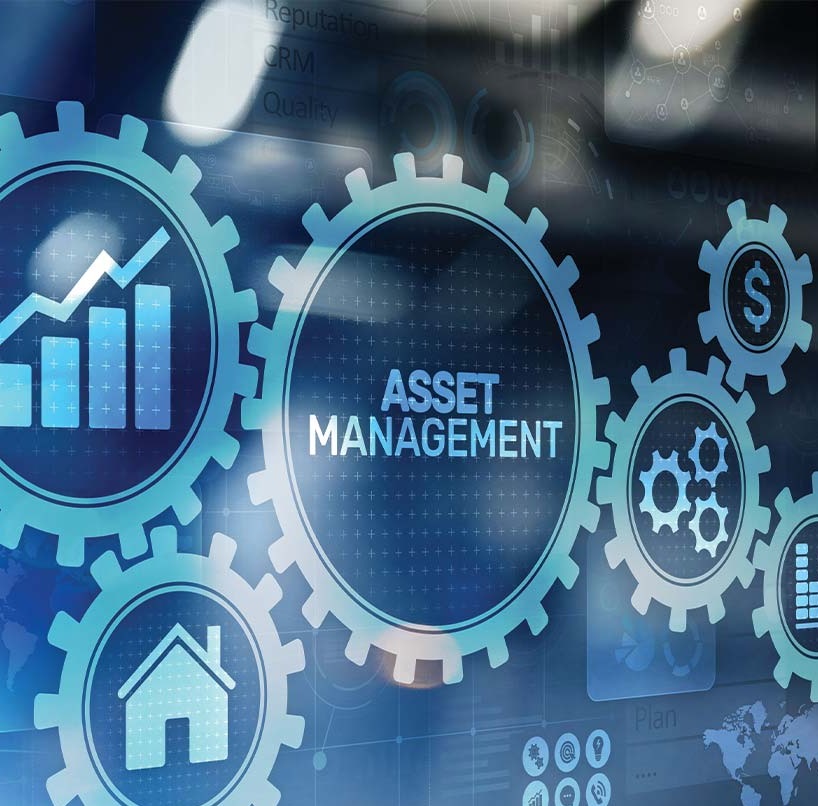

Effective ICT Asset Management is paramount for businesses to thrive. From hardware to software, every asset plays a crucial role in the seamless operation of an organisation’s IT infrastructure. This comprehensive guide delves into the intricacies of ICT Asset Management, providing valuable insights and strategies to optimise your resources.
Understanding ICT Asset Management
Effective ICT Asset Management involves the systematic tracking, maintenance, and optimisation of all IT assets within an organisation. This encompasses hardware, such as computers, servers, and networking devices, as well as software licences and subscriptions. By maintaining a comprehensive inventory and lifecycle management system, businesses can ensure cost-efficiency, compliance, and security across their IT landscape.
Importance of ICT Asset Management
In today’s dynamic business environment, where technological advancements occur rapidly, maintaining control over IT assets is crucial. ICT Asset Management enables organisations to:
- Optimise Resource Utilisation: By accurately tracking assets, businesses can identify underutilised resources and relocate them where needed, thereby maximising efficiency.
- Ensure Compliance: Compliance with software licensing agreements and regulatory requirements is essential to avoid legal ramifications and financial penalties.
- Enhance Security: Proactive asset management helps identify vulnerabilities and ensure that security patches are applied promptly, minimising the risk of data breaches and cyber-attacks.
- Facilitate Decision-Making: Access to accurate asset data enables informed decision-making regarding upgrades, renewals, and technology investments.
Best Practices for ICT Asset Management

Implementing effective ICT Asset Management requires adherence to best practices throughout the asset lifecycle.
Here are some key strategies to consider:
1. Asset Discovery and Inventory: Begin by conducting a thorough inventory of all IT assets, including hardware, software, and associated licences. Utilise asset management software to automate this process and maintain an up-to-date repository of asset information.
2. Lifecycle Management: Develop a structured approach to managing the lifecycle of IT assets, from procurement to retirement. This includes asset acquisition, deployment, maintenance, and eventual disposal or replacement.
3. Regular Audits and Assessments: Perform regular audits to validate asset data accuracy and ensure compliance with licensing agreements and regulatory requirements. Conduct periodic assessments to identify areas for optimisation and cost-saving opportunities.
4. Security and Compliance: Implement robust security measures to safeguard IT assets against potential threats and vulnerabilities. Enforce access controls, encryption protocols, and software patch management procedures to mitigate risks.
5. Centralised Management: Centralise asset management processes and tools to streamline operations and improve visibility across the organisation. Establish clear policies and procedures for asset tracking, procurement, and usage.
6. Training and Awareness: Invest in employee training and awareness programs to promote adherence to asset management policies and procedures. Educate staff on the importance of asset security, compliance, and responsible resource utilisation.
In conclusion, effective ICT Asset Management is essential for businesses to optimise their IT resources, ensure compliance, and mitigate security risks. By implementing best practices and leveraging technology solutions, organisations can streamline operations, reduce costs, and drive innovation in today’s digital landscape.
Interested in getting a smart bin for your home or neighbourhood?
Give us a call at 1300 832 639.
Our team is ready to assist you in selecting the perfect smart bin solution tailored to your needs. Whether it’s for individual households or community-wide waste management, we’re here to help make your environment cleaner and more efficient. Give us a call today to learn more about how smart bins can revolutionise your waste management practices.
Stay connected with EXCEED ICT
Stay connected with EXCEED ICT by joining our social networks (given at footer). Get the latest updates, news, and tips for enterprise device deployment. Follow us on Twitter, Facebook, and LinkedIn for the best enterprise device deployment solutions.
Help us to improve our enterprise by rating us on Google Maps. Your feedback and comments are valuable to us and will be used to make our services even better.


